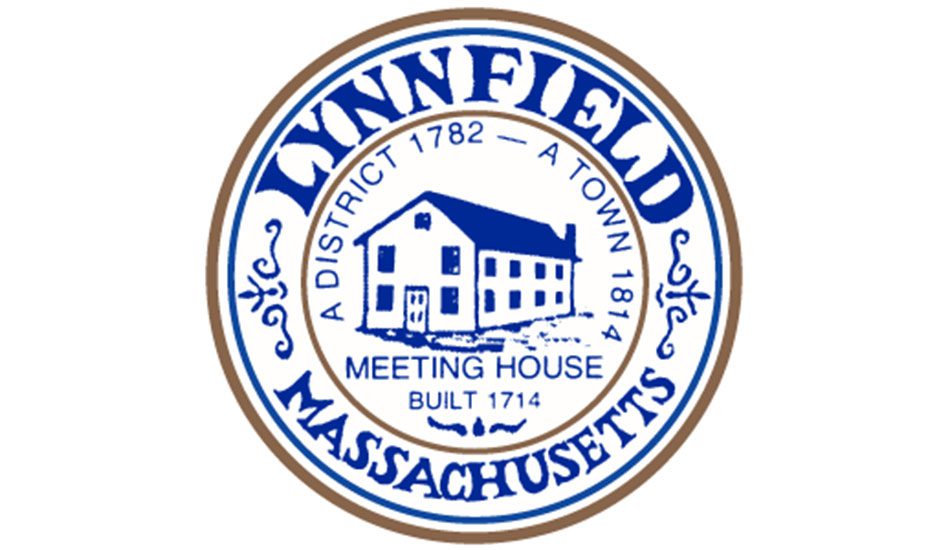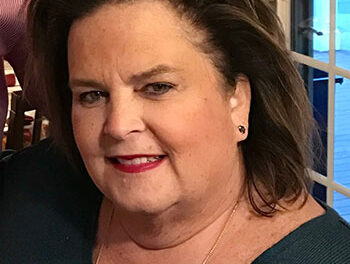By DAN TOMASELLO
LYNNFIELD — Chief Glenn Davis wants to hire four permanent firefighters to work overnight shifts in fiscal year 2024.
Davis unveiled the proposed staffing change while presenting the Fire Department’s recommended $2,160,555 operating budget for FY24 to the Select Board last week. The recommended budget represents a 21.8 percent increase over FY23’s $1,773,408 spending plan.
The chief recalled that the Fire Department’s staffing model includes nine career firefighters as well as call firefighters.
“My primary goal for FY24 is to continue to recruit and retain call firefighters,” said Davis. “My number one concern in FY24 is being able to recruit and retain call firefighters. We continue to have attrition and turnover of the department’s members, which makes it extremely challenging to manage and maintain the call portion of our combination Fire Department. As Lynnfield’s fire chief with more than 32 years of experience on the department, I remain strongly committed to this combination model, but we must be able to evolve.”
While Davis said the town has “changed substantially” since the combination Fire Department was created, he explained the department’s staffing model has remained “essentially the same” for 50 years.
“We rely very heavily on the call portion of the Fire Department,” said Davis. “We made a staffing change back in 2017 to enhance the staffing to seven-days-a-week, 12-hours a day. It has greatly improved our response capabilities, especially on the weekends. But our nighttime coverage still remains lax. We currently only have two firefighters on duty during the overnight hours, which is 6:30 p.m. through 6:30 a.m. We rely heavily on calling back both career and call firefighters during those nighttime hours.”
Davis proposed hiring four career firefighters, which would increase the firefighter salaries line item from $683,895 in FY23 to $988,648 in FY24, representing a 44.6 percent increase.
“We currently have eight career firefighters during the daytime, plus a full-time fire prevention officer, for a total of nine. They are split into two groups of four, which rotate between 12 hours on and 12 hours off,” said Davis. “My proposal is to maintain the combination department in its entirety. The career firefighters work cohesively with the call firefighters. My proposal would be to add two more firefighters for those groups of four, and they would work an overnight shift to increase our nighttime staffing from two to four.”
If the two firefighters working an overnight shift have to transport a patient to a hospital, Davis said the Fire Department is “relying 100 percent on callbacks” to staff Fire Headquarters.
“When I first joined the department 32 years ago, callbacks where very high to the point where we had to limit them so we didn’t get too many people back,” said Davis. “It’s far from that now. When we put out a call for a response at night, especially during the 8 p.m. to 5 a.m. hours, we are lucky to get between two and three members back, and sometimes we get zero. That’s leaving us unprotected. My goal as fire chief has always been to make this community as safe as possible.”
Davis said he will be applying for a Staffing For Adequate Fire and Emergency Response (SAFER) Grant from FEMA to fully fund the four positions for three years. He said the grant will fund salaries and benefits, but not overtime.
“It’s a very competitive process,” said Davis. “I have a grant writer working on this who has been successful in other communities. Hopefully it will help us. FEMA said last year it wanted to respond to communities by April or May so that people could begin hiring firefighters on July 1, but last year they did not notify any department of their success or failure until the end of September. FEMA’s goal this year is to notify fire departments early.”
Select Board Chairman Phil Crawford asked how many times the Fire Department has received a call at night with a second call coming in shortly afterwards.
“More often than I want to admit,” said Davis. “In those circumstances, we rely on mutual aid. That is why the mutual aid system in Essex County is as strong as it is, but it’s a delayed response.”
Davis said the Fire Department’s call firefighters have been “finding it increasingly difficult to balance” their call firefighter responsibilities along with their full-time careers and family responsibilities.
“Over the last three years, I have had 23 members leave the Fire Department,” said Davis. “A majority of them have left for full-time positions elsewhere or have had changes at home. During that same timeframe, we have hired 15 new firefighters. There is substantial training that goes with that. They have to go to the fire academy for 16 weeks, which is 240 hours. They must be EMTs, which is a similar amount of training. We must maintain a 10 percent response on callbacks, which is a requirement for our department. And there are 24 hours a year of mandatory fire training. All of those are making it more and more difficult to keep these firefighters.”
Davis also noted there is an EMT staffing crisis, and a lot of private ambulance companies have had difficulty hiring and retaining EMTs.
“That is not getting any better,” said Davis. “A lot of the private ambulance services around us don’t have enough EMTs to staff their ambulances and fulfill the contracts they have with some of our neighboring communities. That has increased the demand for mutual aid responses for us to assist our neighbors. Fortunately, we have three ambulances and we are able to assist whenever we can.”
Davis noted that the Fire Department’s call volume is up almost 30 percent since the last staffing change was implemented in 2017.
“Last year, we did 2,402 runs for incident responses,” said Davis. “We had 1,907 responses the previous year. And when we made the staffing change in 2017, it was 1,855.”
Davis said the majority of career firefighters are certified as paramedics while call firefighters are certified as EMTs. He noted that the staffing crisis has resulted in the Fire Department receiving mutual aid requests from towns as far away as Danvers and Swampscott.
“Those are long and unacceptable response times,” said Davis. “I don’t want the same coming back into Lynnfield.”
In response to a question from Crawford, Davis said the Fire Department’s daytime staffing model has provided flexibility when the department receives calls.
“When we send an ambulance out of town, we have firefighters available to handle the next call,” said Davis. “We are not leaving Lynnfield unprotected. There are fewer instances of mutual aid medical calls during the overnight hours.”
Select Board member Joe Connell asked how many EMS mutual aid calls the Fire Department receives during the daytime.
“Very frequently,” said Davis. “If you look at the statistics for mutual aid EMS calls, in 2021 we went out for mutual aid a total of 57 times. In 2022, we went out 324 times. The requests from our neighboring communities are up greatly. Peabody is the highest and Saugus is the next highest.”
Davis admitted that the department’s turnout for the last two structure fires that occurred at night was “dismal.”
“We were very short-staffed,” said Davis. “The longer the response time, the worse the outcome. Fires today burn hotter and faster than they ever did. Thirty years ago, people had 17 minutes to get out of a house. It’s now down to between three and five minutes due to the materials used in products such as furniture, draperies and carpeting.”
Select Board member Dick Dalton inquired to which hospital the Fire Department transports the most patients. He also asked how long it takes for an ambulance to transport a patient and get back to town.
Davis said most patients are transported to Lahey Hospital & Medical Center in Burlington because it is “faster” to get to than Salem Hospital. He said it takes about an hour for firefighters to get back after transporting a patient, but his goal is having firefighters back in town in “less than an hour.”
“The second most common facility we transport to is MelroseWakefield Hospital,” said Davis. “They have been having an awful time turning ambulances around because they have no beds available. Our members have often had to stand in a hallway waiting for a bed assignment for up to 45 minutes. That turnaround time is vital to us, and we have expressed that concern to the hospital. Lahey is better because it is a trauma facility.”
Dalton inquired if increasing the pay for call firefighters could be an alternative to adding the four new career firefighters.
“Our call firefighters are compensated very well,” said Davis. “If you compare our call salaries to other communities, we pay much better. That has allowed us to maintain this type of service. There are so many communities north of us that are failing down this path much more rapidly than we are.”
Davis also noted the department pays for call firefighters’ certifications. He said a group of firefighters is currently studying potential ways to get more call firefighters to come in at night when the need arises.
“They have got some plans for us,” said Davis. “It’s not going to fix it, but it might help incentivize helping call firefighters get up at 1 a.m. or 2 a.m. more frequently. It’s a difficult problem.”





